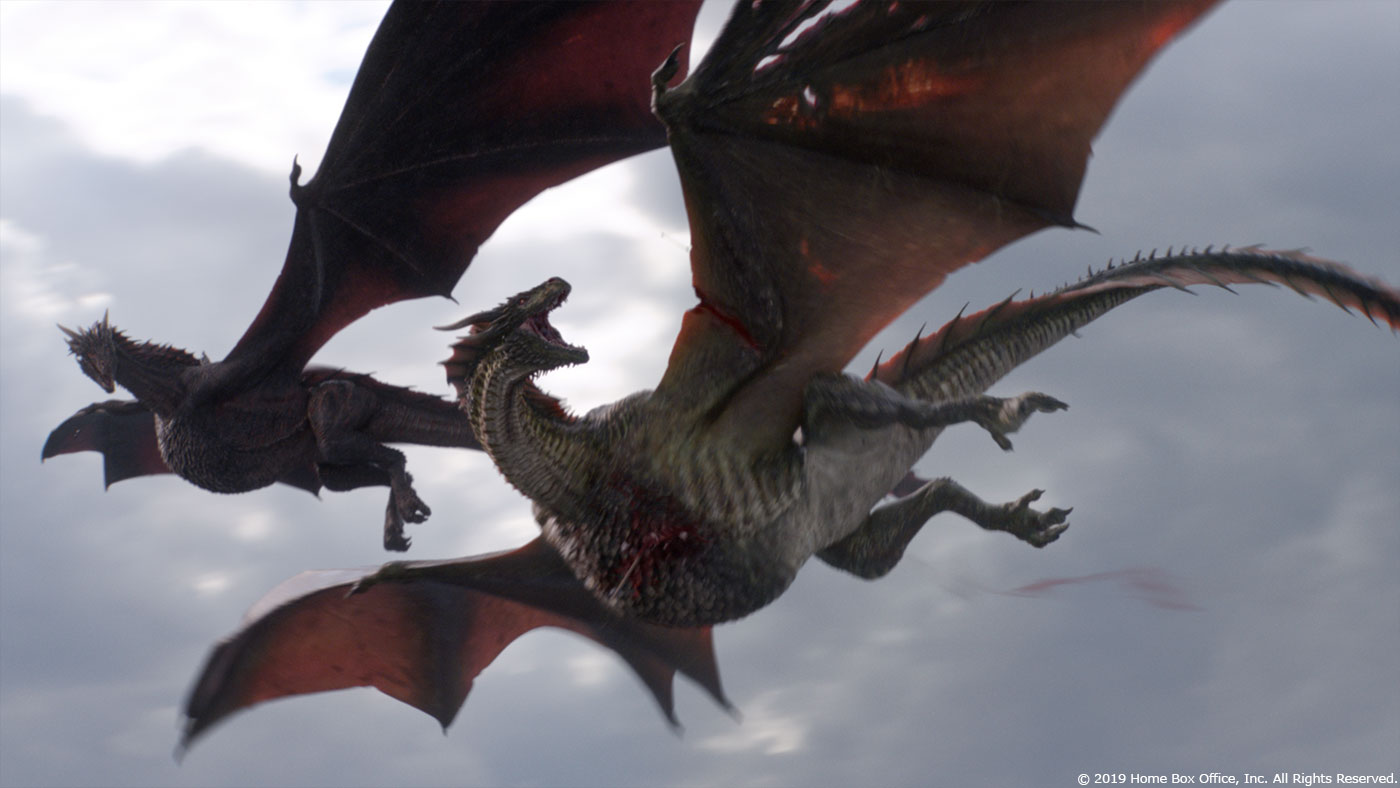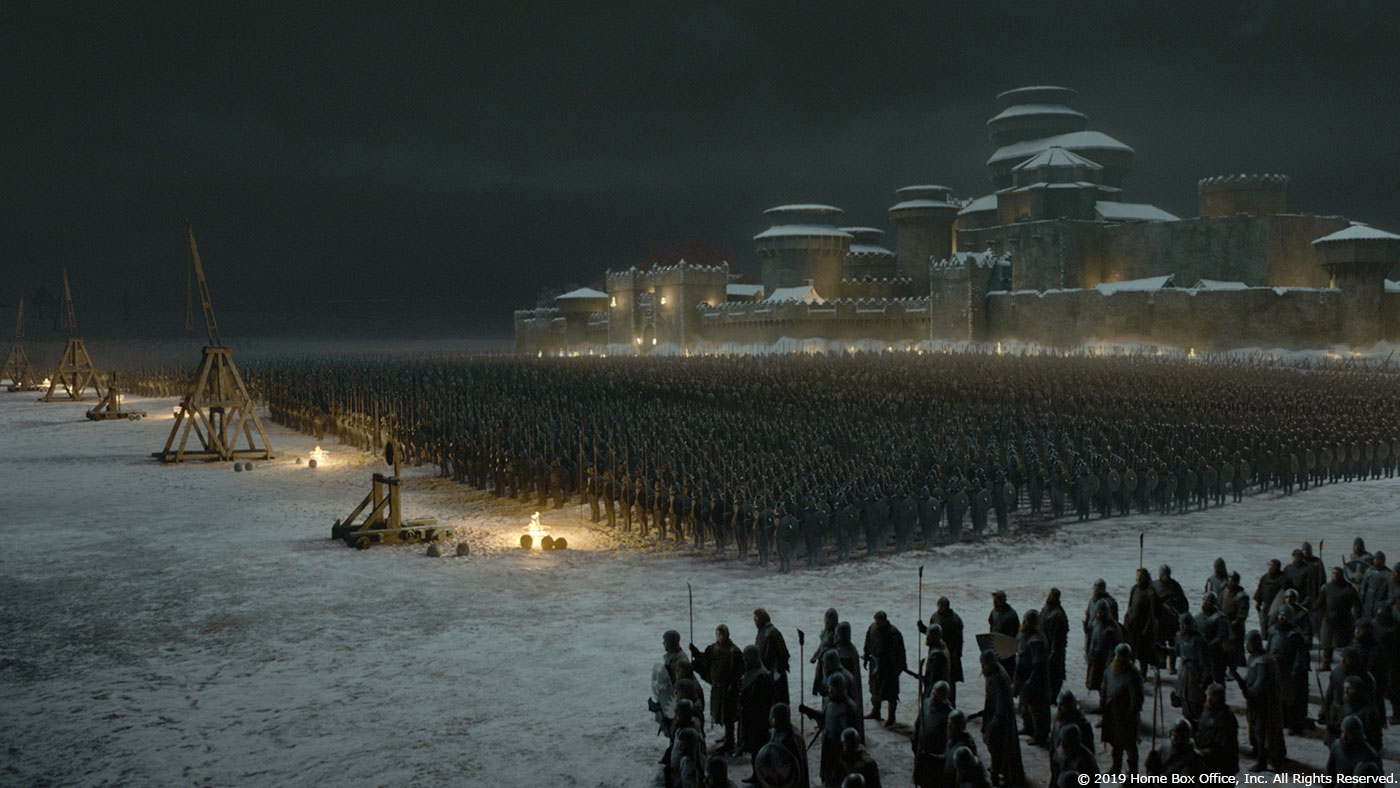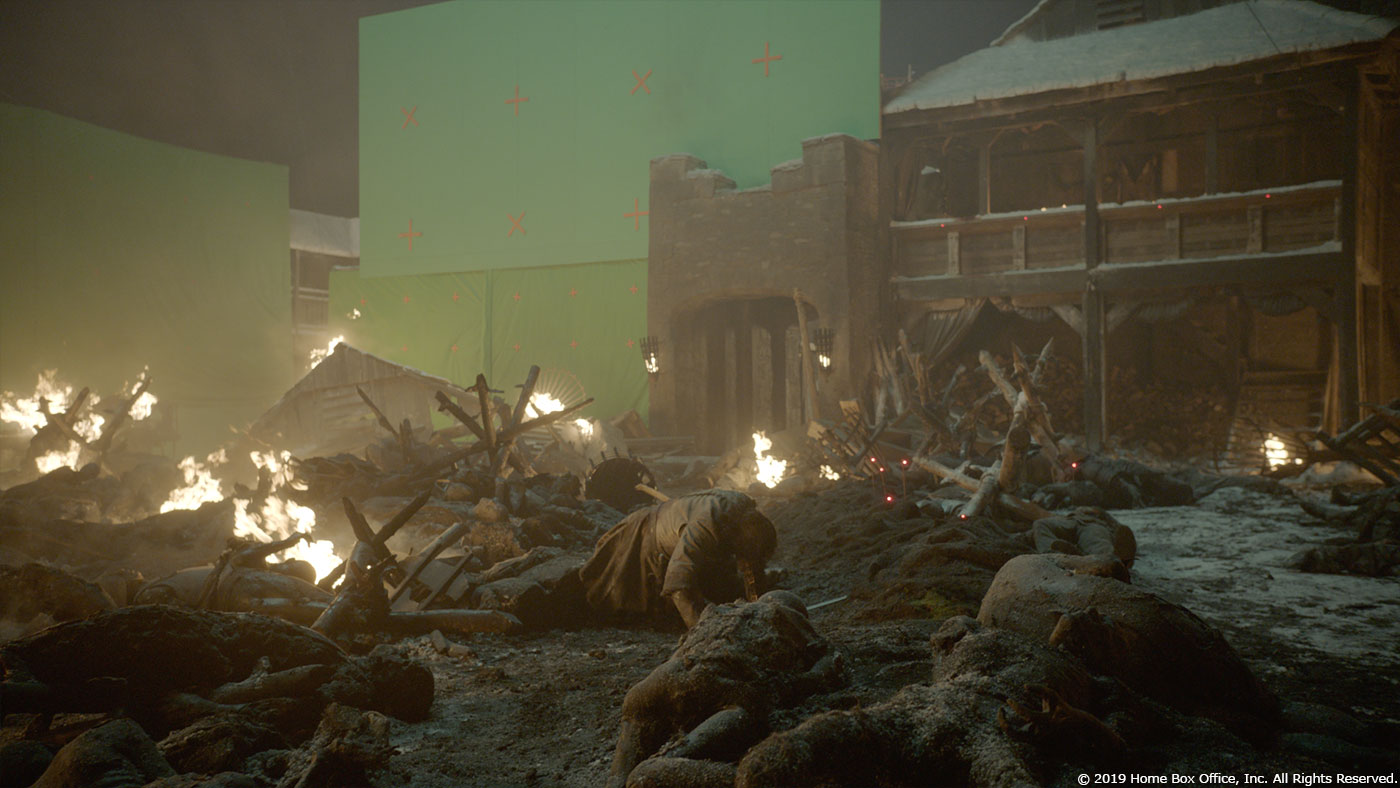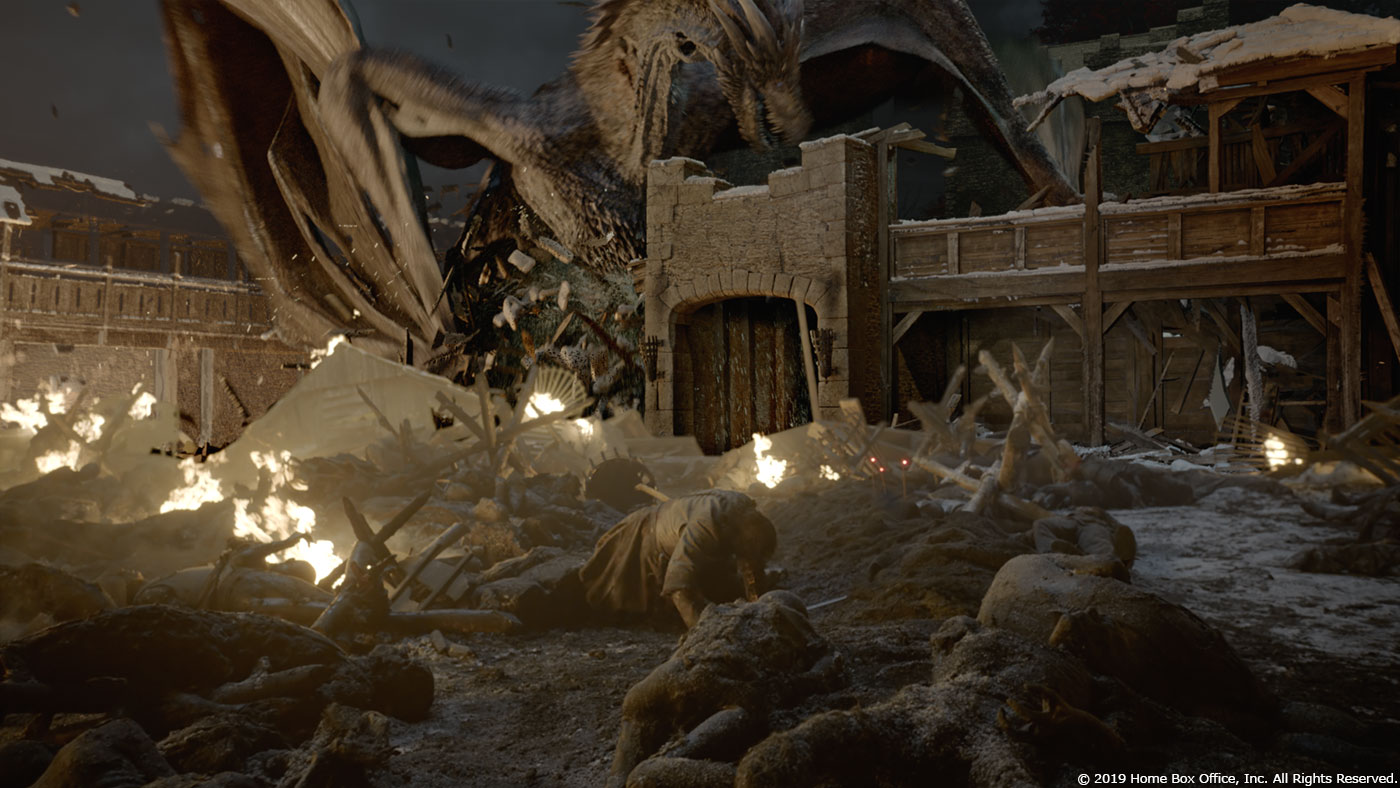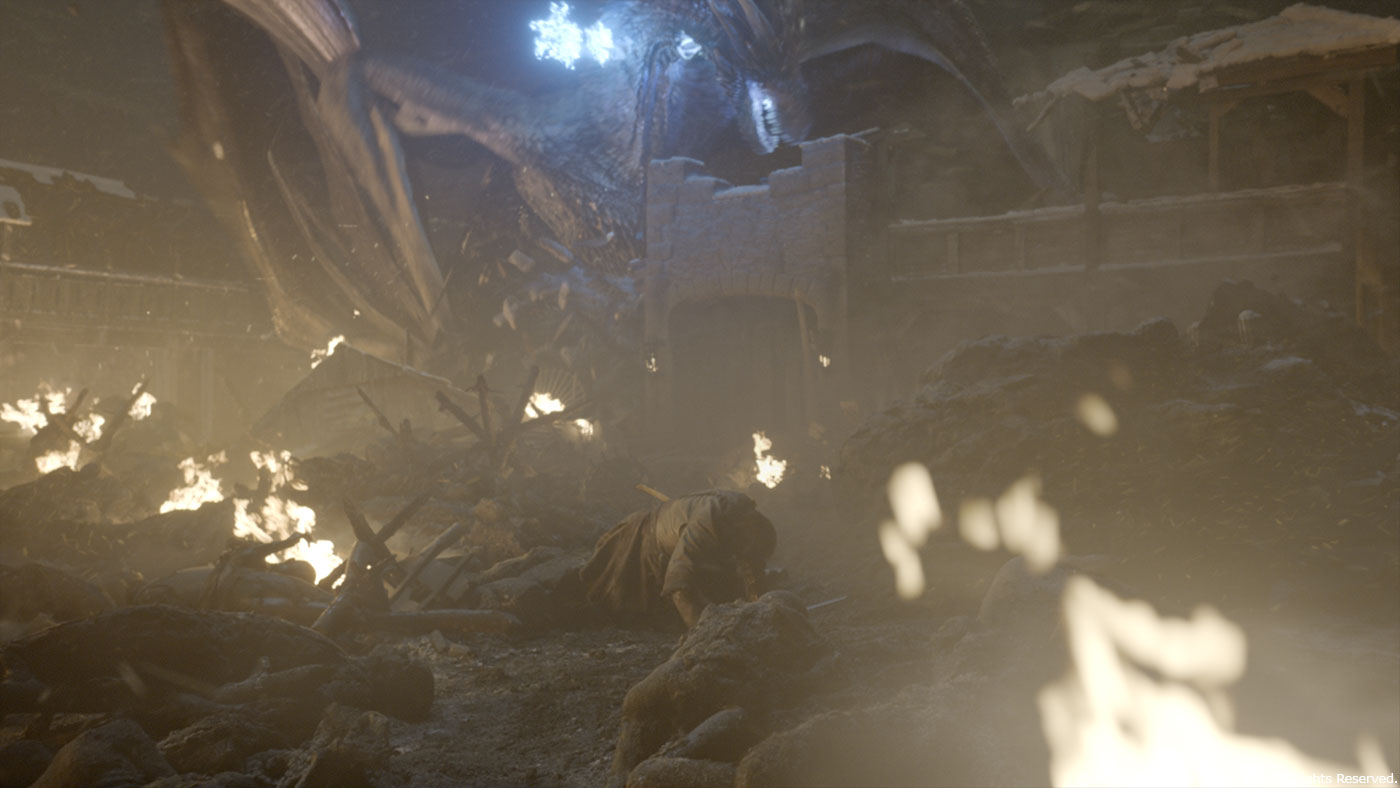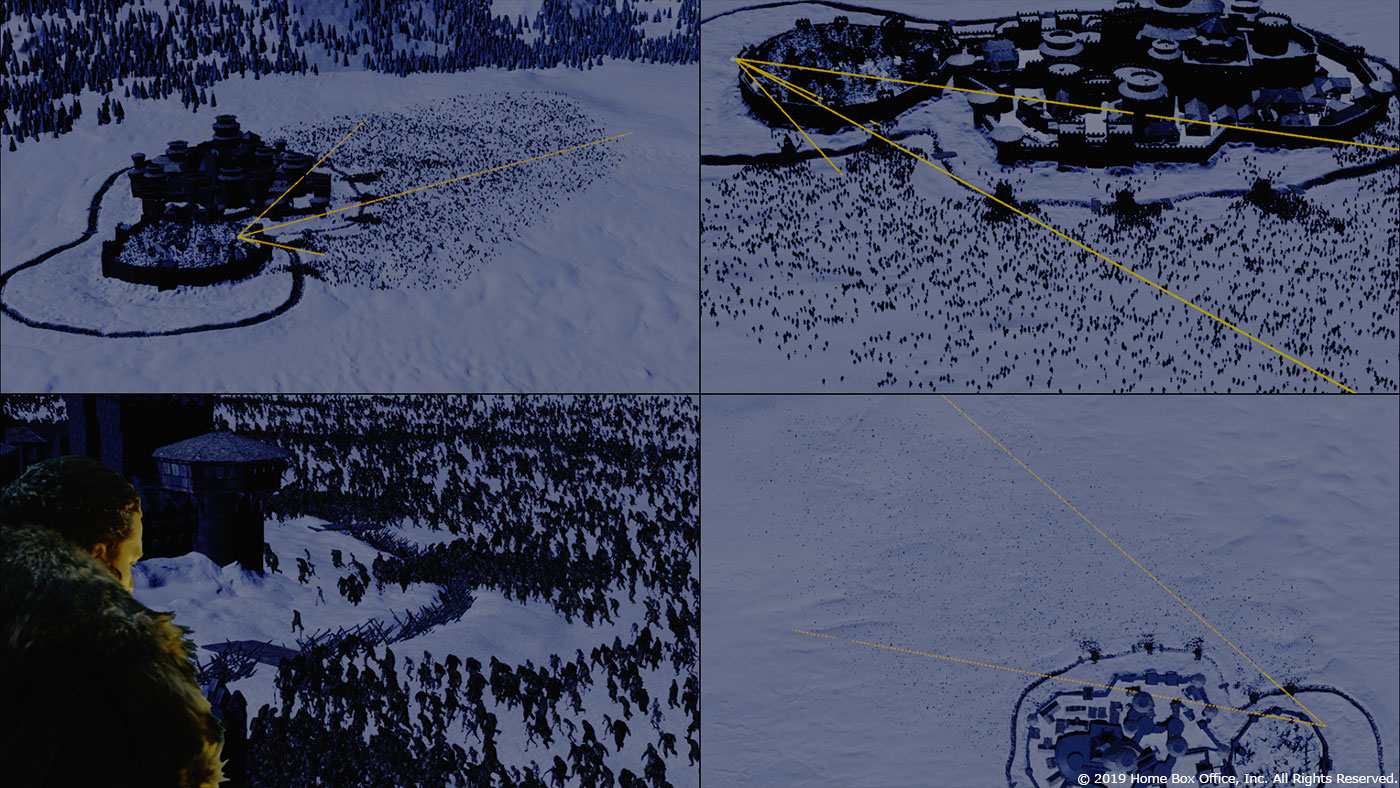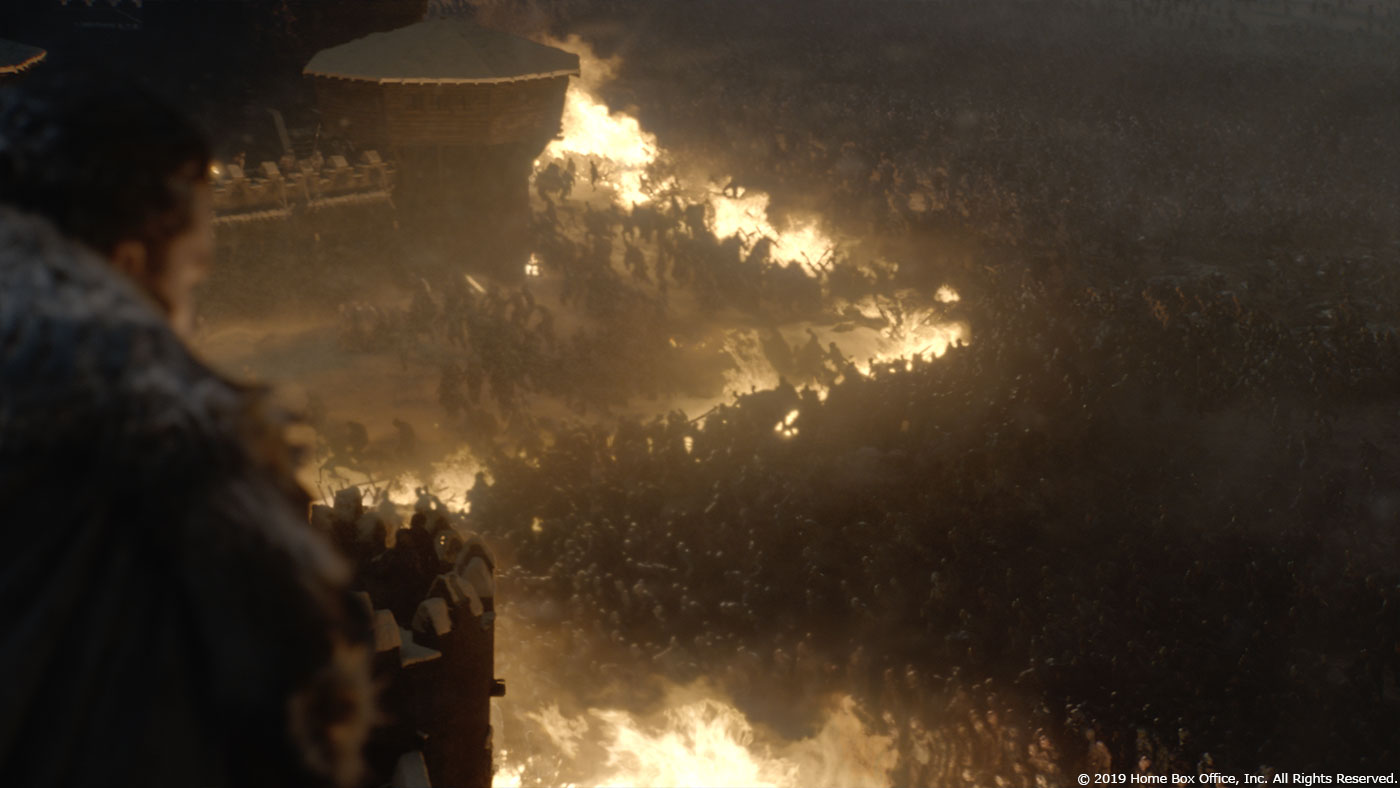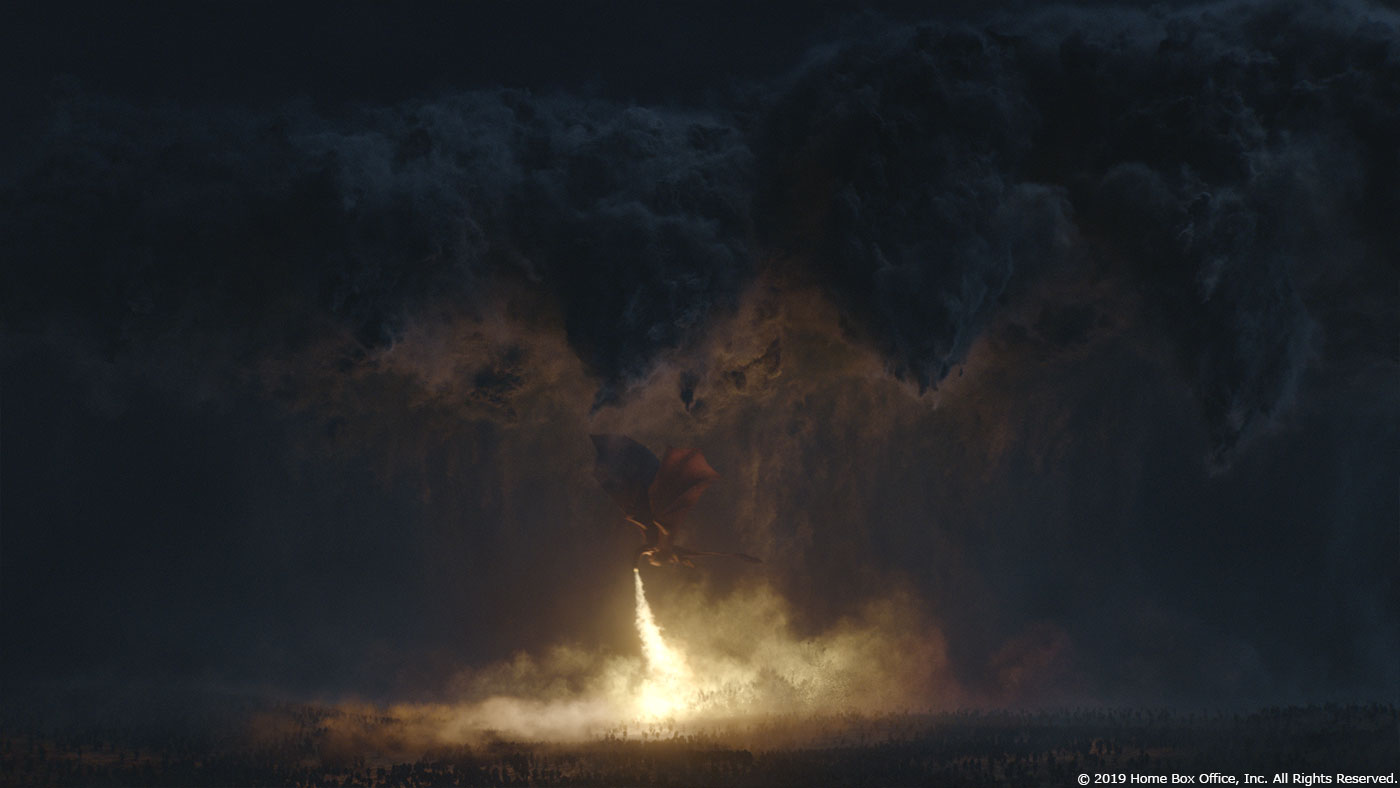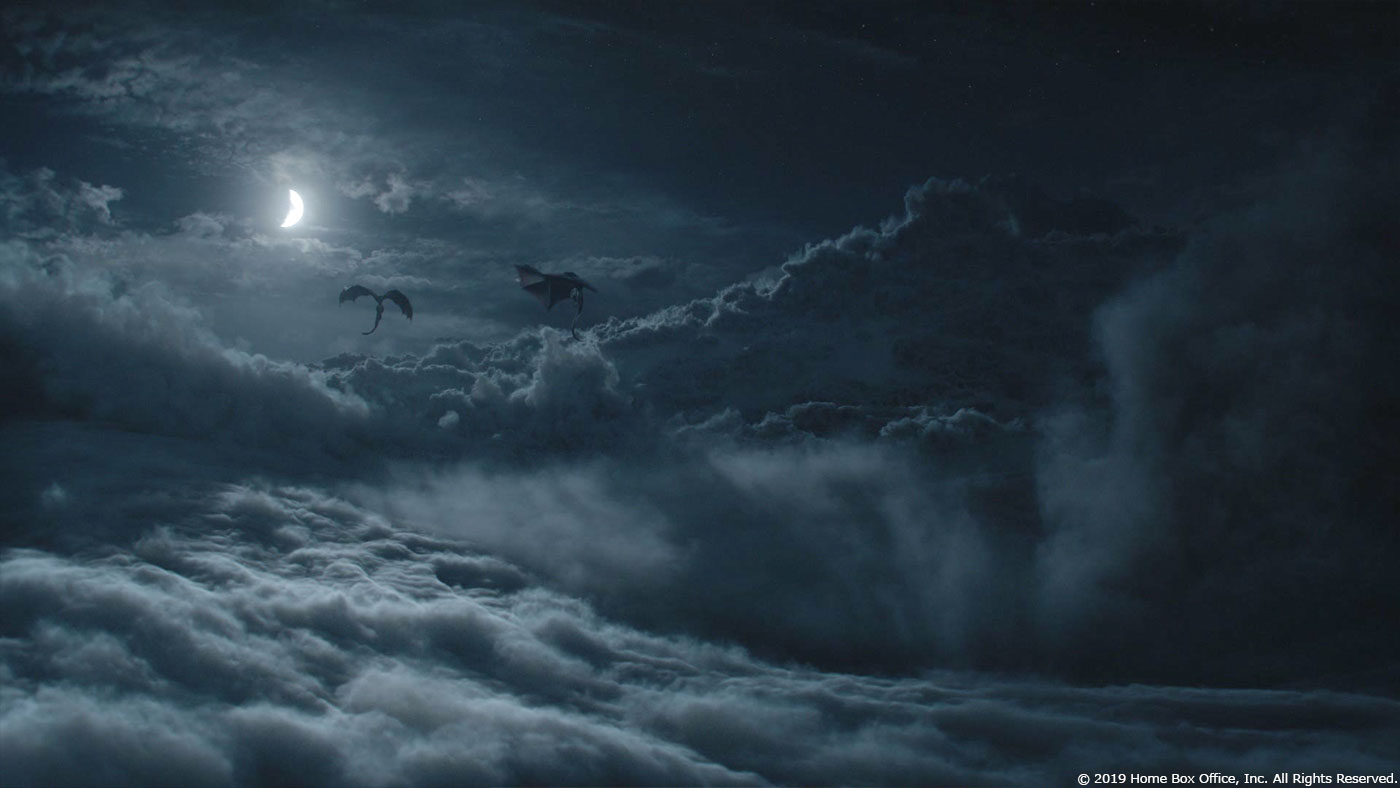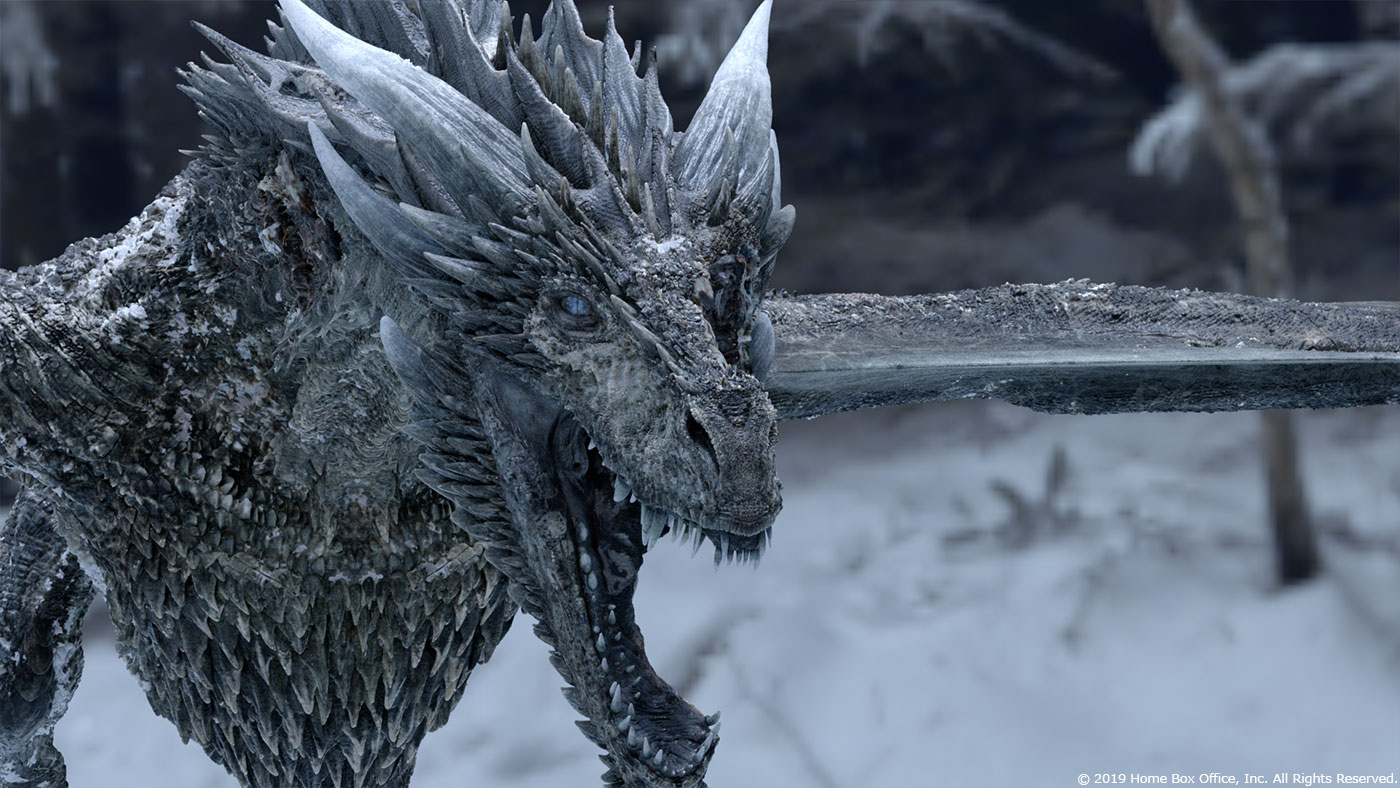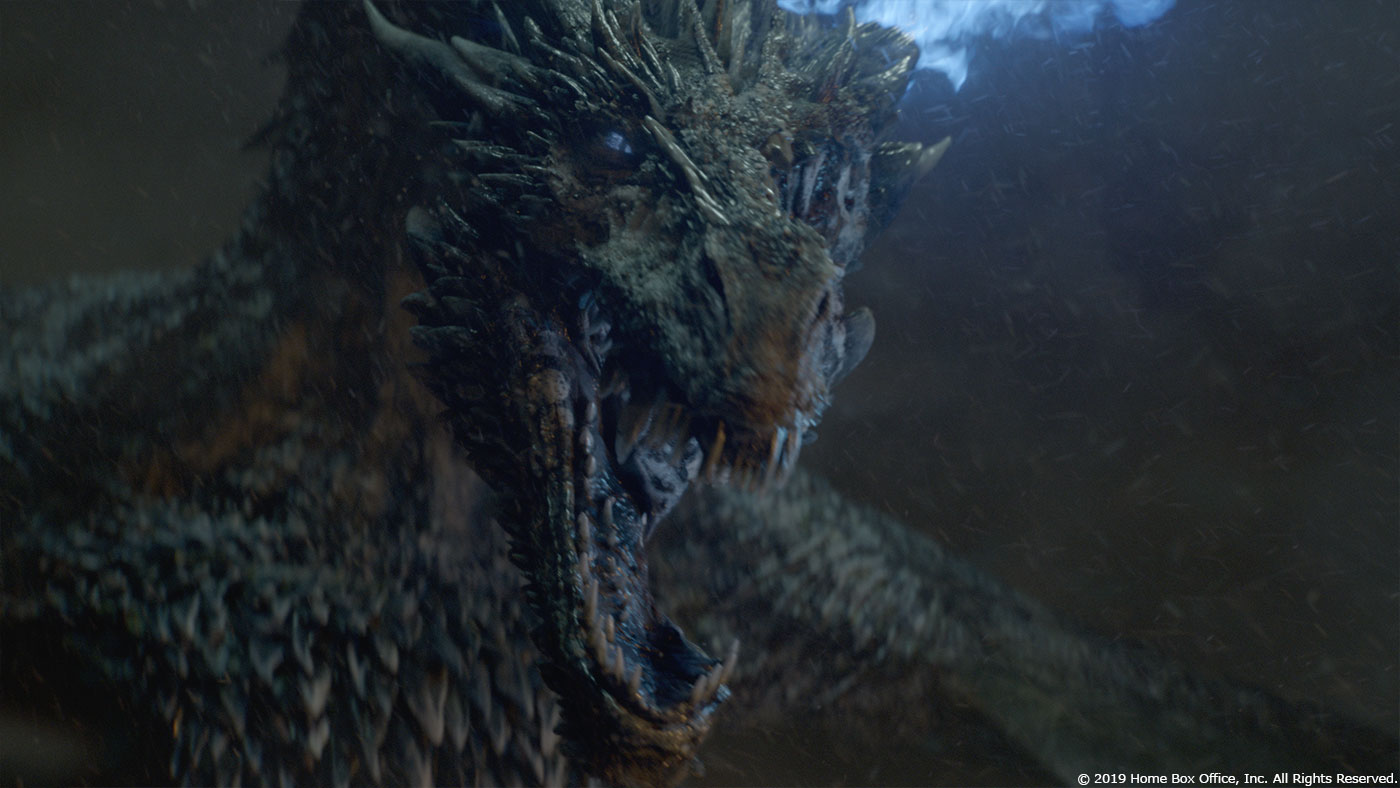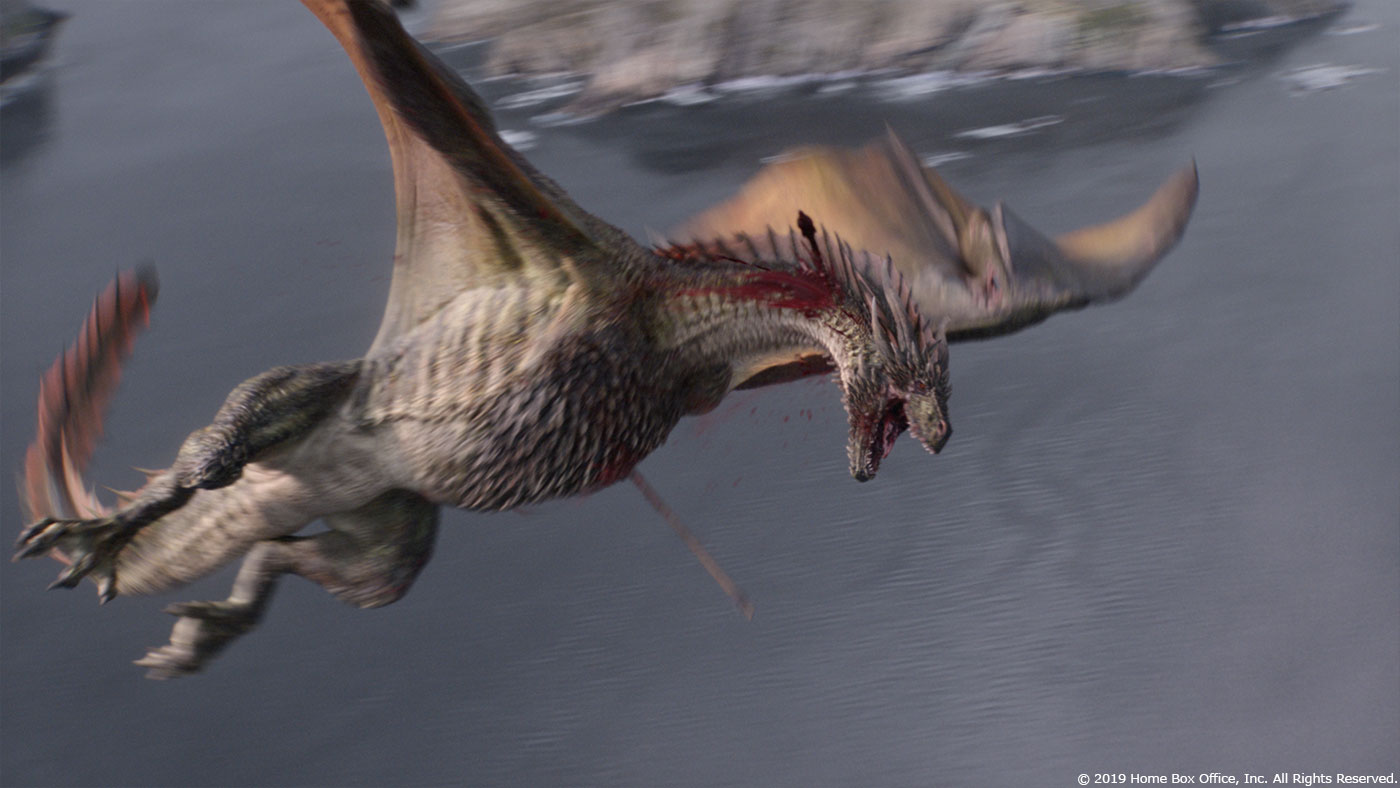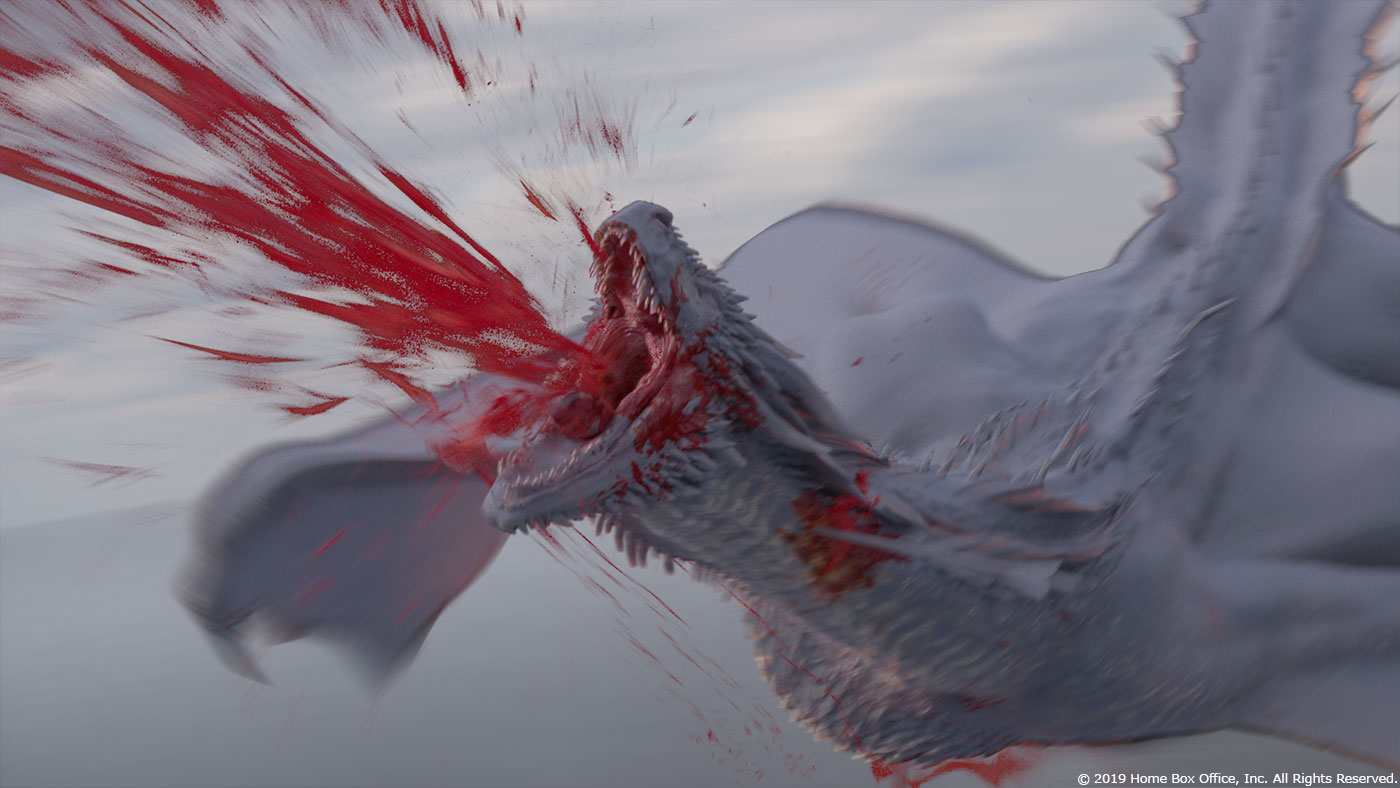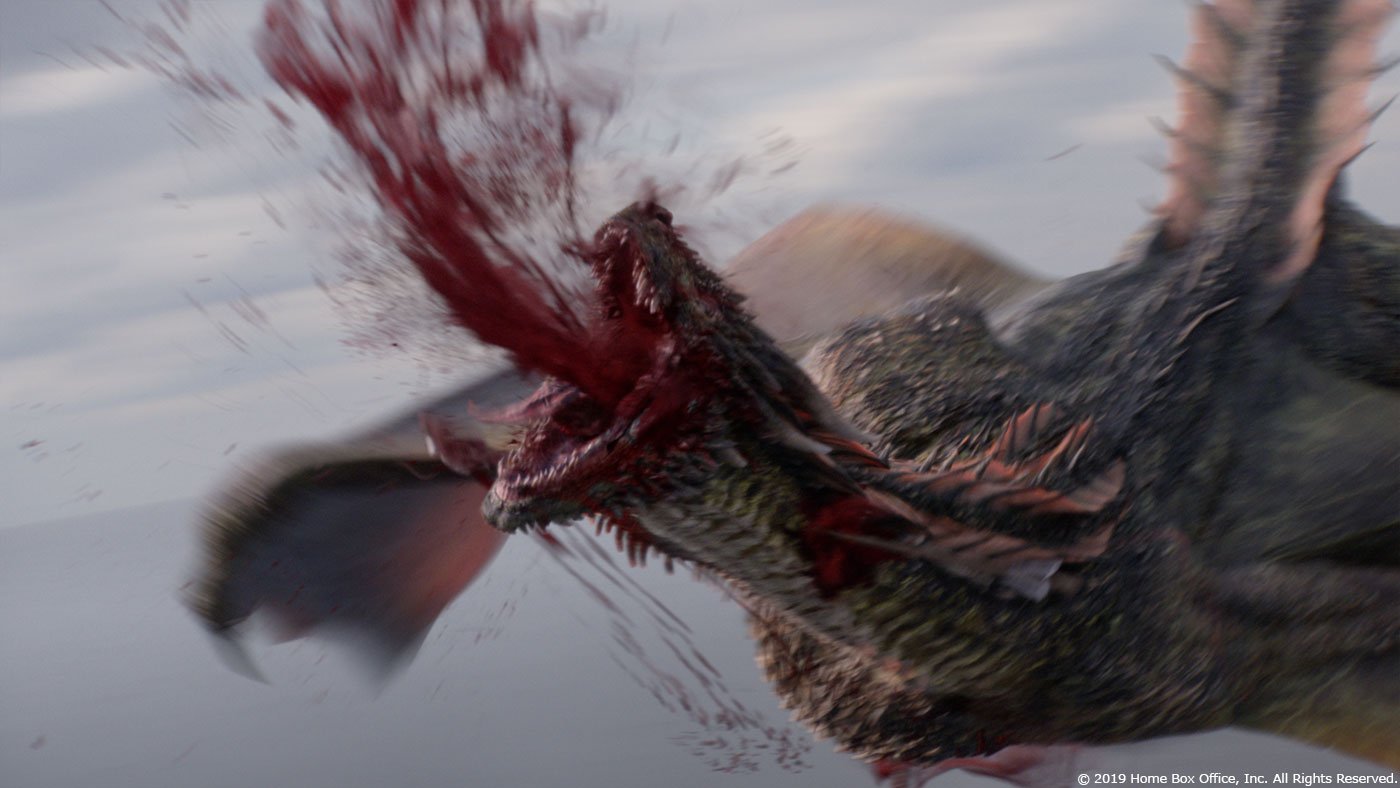In 2013, Martin Hill explained to us the work of Weta Digital on THE WOLVERINE. He then worked on FURIOUS SEVEN, THE HUNGER GAMES: MOCKINGJAY – PART 2, CENTRAL INTELLIGENCE, VALERIAN AND THE CITY OF A THOUSAND PLANETS and ANIMAL WORLD.
How did you and Weta Digital get involved on this show?
Weta Digital worked on Episode 6 of Season 7, specifically around the Zombie Polar Bear attack sequence. VFX Supervisor Wayne Stables did a fantastic job, and they asked us back for Season 8.
What was your feeling to be part of this iconic TV series?
I’m a huge fan of both the books and the series, so it was a real honour to be asked, particularly to work on such iconic scenes. Preparing the show, watching the previs and seeing how the story unfolds a year and a half in advance was both extremely exciting but also meant I couldn’t to talk to anyone about it until a couple of weeks ago. There were times, like in Episode 4 when Jon left Ghost at Winterfell without saying goodbye. People were really upset about it and, of course, I had to keep quiet about the fact that we had made some forced perspective hand/fur interaction shots when Jon is reunited with Ghost later on in Episode 6.
What was the approaches and expectations about the VFX?
GAME OF THRONES has a very established look which is something we had to honestly observe and ensure we carried over to the sequences we were working on. The dragon fire, for example, is shot practically with a motion control flamethrower on a spider cam wire rig, resulting in a very cool and particular look for the fire. We knew we were going to be creating digital dragon fire for the episode, so we set about replicating all the aspects of the practical fire rig – the burn point of the fuel, the pressure of the propellent as well as the flux and speed of the fuel being emitted. By following the physics of the practical fire, we could tune our digital simulations to match.
A lot of elements were filmed practically, even when 95% of the armies or action would be CG there would still be plate elements we would composite into the shot to ground it in reality and made sure the shot looked as convincing and realistic as if it had enough space and extras! There were also a lot of full CG shots of armies and battle, but having the plate elements shots and doing those first, meant we had all the visual development working.
What are the sequences made by Weta Digital on this final season?
It was a very diverse range, we worked on all 6 episodes – too many sequences to list! For Episode 3 and 5 we also did a lot of collaborative shots with Image Engine. Image Engine would animate the dragons and we would do the lighting, FX and comp integration for those shots. We worked really closely with them and they were very organised with their deliveries of Alembic files to us – really terrific animation also!
How did you approach the Battle of Winterfell?
It was very carefully choreographed in previs and shooting, so it was really a matter of working out what pieces we needed to create in terms of environments, FX, creatures and armies. There were so many bespoke shots and rarely a one size fits all approach, so there was a lot of planning by Nicky Muir (VFX producer), myself and the team to work out the best method for each of the shots.
Can you elaborate about the use of Massive to create the various armies?
Weta has used Massive to produce complex crowd simulations for a long time and in this respect, the Battle of Winterfell has a direct connection to THE LORD OF THE RINGS battle simulations. For the Dothraki and their horses, for example, we created full CG shots as well as crowd extensions – and would pass the timing and positions of the Arahks being lifted in a wave from Massive to FX for the fire simulations. When the lights in the distance from the swords are being extinguished as the Dothraki are being decimated, we continued full Massive simulations even though you could only see the lights of the swords to keep the movement and cadence of riders on horseback looking real. You can see some of the fires drop and go out as the riders are knocked off their horses.
One of the major R&D efforts for the Weta Massive team, centred around the Wights climbing the walls of Winterfell. We motion captured performers going up steep 45-degree inclines with Wight motion and added them to our library – there was then a lot of work to adjust the Massive AI to create the towers of Wights. We also used the ragdoll simulator within Massive, for when the dragons strafe the crowds and throw the Wights into the air and for when the towers of Wights stacked against Winterfell deanimate at the end of the episode.
Can you explain in detail about the FX work on this sequence and especially for the storm?
There was a huge range of FX work in the Battle of Winterfell – the storm, swords on fire, Winterfell’s walls being breached, Wights disintegrating, debris being thrown up from dragons as well as dragon Fire. Adrien Toupet (FX Supervisor), Drew Nielsen (FX Production Manager) and their team did a terrific job delivering spectacular work across all the elements.
The storm itself was in 3 elements. The main wave of the storm needed to both be physically impressive but also have a magical quality of finger like tendrils that loomed over the battle. Michael Pangrazio created concept art which the client liked, and this was passed to the FX department to create the art directable form that was still was governed by physics. Prema Paetsch, an FX Technical Director, created a layered guide curve-driven simulation for both the micro and large-scale features. During this design phase, we realised the stormfront was like a surf wave in its form, and having Drogon and Dany ride underneath it created a great graphic. This was further enhanced by art directing Drogon’s strafing fire, so the up light cast a large shadow of the dragon on the underside of the wave.
The next element was above the storm. Similarly, the concept department came up with a really great image using a tornado as a base and then a sweeping wave of cloud in the background, with the dragons small in frame to show scale. The FX team produced a vast simulation for the top section of a tornado, which had many layers of complexity, including the slow rotation of the tornado itself which further added to the scale to the effect.
Lastly, we had all the mist, fog and snow in all the shots once the storm has come in. We generated the fog procedurally with Eddy and our lighters had pre-canned simulations of 3D snow they could move into place. If the lighters changed the wind direction or speed of the snow for composition reasons, the Eddy fog would be automatically regenerated.
How did you create and animate the death of the giant Crum into pieces of ice?
Lyanna and Crum were shot on a green screen with forced perspective, with Crum holding a scaled body of Lyanna. It worked pretty well together in the comp, but as Lyanna was wearing a harness for her to be lifted, she was a little wide for the squeezed look and Crum’s prosthetic hands didn’t quite move as deliberately as we would have liked. So, we replaced Lyanna’s body and Crum’s hand with digital versions so we were able to have Crum crush her armour, and make it clear that she was done for. In a very GAME OF THRONES moment, we also added some blood coming out of her mouth in time with Crum squeezing further. Lyanna has her revenge hero moment though, as she stabs Crum in the eye and we have him disintegrate into pieces – Crum is a Wight, not a White Walker, so he breaks apart in dry pieces, not ice. As he’s a lot larger than the wights we disintegrate elsewhere, we needed to make sure we conveyed his scale and had a lot more layers of interior volume (cloth, skin, tissue, muscle, bone, organs) so we could make a much slower and more complex disintegration. Started by the skin shrinking and face cracking by comp lead Owen Longstaff, down to the art directed simulation from Ronnie Meneham (CG Supervisor) which ended with Crum’s skull rolling towards camera.
Can you tell us more about the Dragons shaders and textures work especially the evolution of the damages?
The dragons are really well established but Rhaegal and Viserion take on quite a bit of damage during the episodes. We needed to design Viserion’s head once Rhaegal has torn half of it away, achieving the right amount of rot, gore and bone. We also needed to advance his previous wounds like the spear hole from season 7, in preparation for him leaking fires at the end of the episode 3. For Rhaegal, there were a lot of tears in his wings. Our shaders and textures team headed by Fabio Leporelli and Caterina Schiffers, made these terrific abrasions all around the wounds, so when Rhaegal is back lit, you can see where the wing has been scraped thinner as more light passed through.
How did you manage the wings and the quills animations?
We added secondary animation controls which controlled procedurally by default for the fins and wing membrane motion – then there was a layer of simulation on top for the wings, which our creatures team, headed by Gios Johnston, added, as well as all the muscle and tissue work.
Can you tell us more about the death of Rhaegal?
This was probably my favourite shot we did – it’s so shocking. Originally the final death shot was meant to be three separate shots, but when we reviewed the first animation takes with Stefen Fangmeier, we thought we could give it a greater impact by combining them into one sweeping, graceful, orbiting and line-crossing camera move around the dragon to almost Dany’s POV where we watch him dive into the water.
This meant we flew past Rhaegal’s head, right at the moment he gives his dying breath and added a large fluid simulation for the blood spraying out. We needed to make a point of difference to Drogon being hit is season 7, making sure it was clear that Rhaegal was gone so gave the bolt through his neck a lot of impact on its exit wound, and made him go limp and fold up as he crashes into the water.
Is there something specific that gives you some really short nights?
Nope, we tried to keep the hours down and the spirits up!
What is your best memory on this show?
The team, it was such a collaborative and supportive atmosphere at Weta Digital, when there was so much to do! Also, the satisfaction of seeing it all come together, hearing the audience cheer (I saw Episode 3 in the theatre) as all the Dothraki swords lit up in a wave was just sensational.
How long have you worked on this show?
Just under a year and a half.
What’s the VFX shots count?
Around 600 shots.
What was the size of your team?
It varied across all the episodes, but was around 130.
What is your next project?
It’s pretty exciting, but unfortunately, I can’t say what it is just yet!
A big thanks for your time.
WANT TO KNOW MORE?
Weta Digital: Dedicated page about GAME OF THRONES – SEASPN 8 on Weta Digital website.
© Vincent Frei – The Art of VFX – 2019

